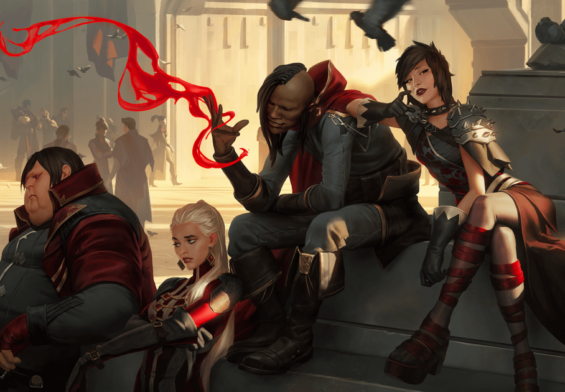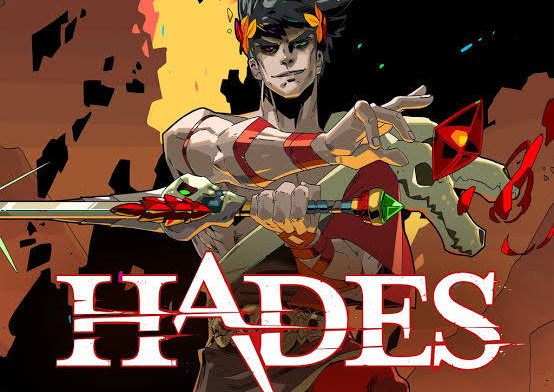
Few people have had more creative influence on Overwatch’s stylized, playful world than the game’s art director, Dion Rogers, who has been with the franchise since it was in code-named status.
Blizzard’s Dion Rogers shares thoughts on organizing your portfolio to appeal to recruiters. This is the second of three posts offering Rogers’ best advice for aspiring video game artists.
Twenty years ago, Dion landed his first Blizzard job — working on landscapes for World of Warcraft — thanks to key feedback on his portfolio from a hiring manager who’d already passed on him for two other roles.
Today, Dion makes an effort to pay forward the help he got as a young developer. Below, he shares advice on organizing the work in your portfolio to catch a recruiter’s eye in under 10 seconds.
This is the second in a three-part series of Dion’s best advice for aspiring game artists. You can read Dion’s first post, with tips on creating art for your portfolio
Put your best foot forward — and only your best foot 👟
Sometimes, artists like to put everything into their portfolio. But when you’re presenting your portfolio, start and end with your best stuff, because recruiters will assess you by your weakest piece of work.
Sometimes your old work can hurt you. Placing ‘ok, but not great’ work in there tells a potential employer that you don’t know how to tell the good from the bad. The reviewer may like what they see then get to your thing from 1999 and say, ‘Wait, what’s this?’
If you’re already employed in the industry, you should have in your portfolio 10 to 15 pieces of key art that have shipped in the game. If you’re not already working in the industry, five to 10 pieces of your best work is good. You can contextualize each piece with a short caption about the thought that went into the work, but keep it short — no more than two or three sentences.
When you interact with recruiters in person, you’ll have a small notebook with you. Still, you always want to keep a portfolio online. ArtStation is a great site; you can use this as your online portfolio. Only put your best stuff there. And along with final pieces, show your process and reference. In school, math teachers say, “Don’t just give the answer — show your work.” Same thing with us. We want to see how you arrived at that final creation.
Twitter and Instagram are the places you can show a little bit of everything: your works in progress, finished works, early works, influences, and so on. Recruiters are there too, but they’re not going to discredit you for sharing your evolution as an artist on social media.
What’s Your Best Stuff? Ask People 👯
You can share your work with people beforehand to pinpoint your best stuff. It’s okay to get feedback from people who aren’t professional artists. We make art for others; it needs to have broad appeal.
But our recruiting leaders would add that some friends may be too emotionally invested in you to offer an accurate assessment of your work. (After all, being a friend means caring about a person’s feelings.) It’s helpful to look for a neutral but well educated third party to offer opinions — especially if all you’re receiving is positive feedback at home.
Give Credit 👏
If you did your work in a group setting, give credit where it’s due. (“This person did textures, and this other person did lighting.”) We’re developers; we know how much one person can accomplish on their own. Especially if you’re coming from another studio, crediting other people helps show you’re a team player.
And if you don’t do it?
Colleagues call taking credit for other people’s work an “unforgivable sin.” It has ended careers.
Dion Rogers is an Art Director at Blizzard Entertainment. Collaborating with an international team of artists, he contributes to the visual development and world building of Overwatch and Overwatch 2. As a game developer at Blizzard for over 15 years, Dion has worked on a variety of titles including Heroes of the Storm and World of Warcraft. Born in New Jersey, Dion spent most of his life in North Carolina studying art history and game development. He loves creating bright and vibrant artwork that depicts near-future worlds and fantastical environments. He’s also a devoted miniature wargamer in his spare time.





3 Comments
Tomas Smith
This is a great blog where you can find tons useful and interesting information
Jason Parkett
Read about politics, economics, entertainment, and lifestyle all in one online magazine
Alisha Williams
Please subscribe to our regular newsletter!
Comments are closed.